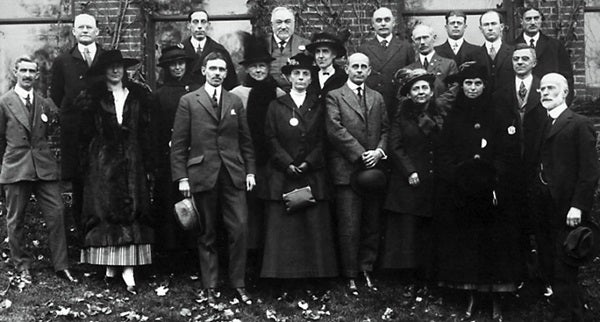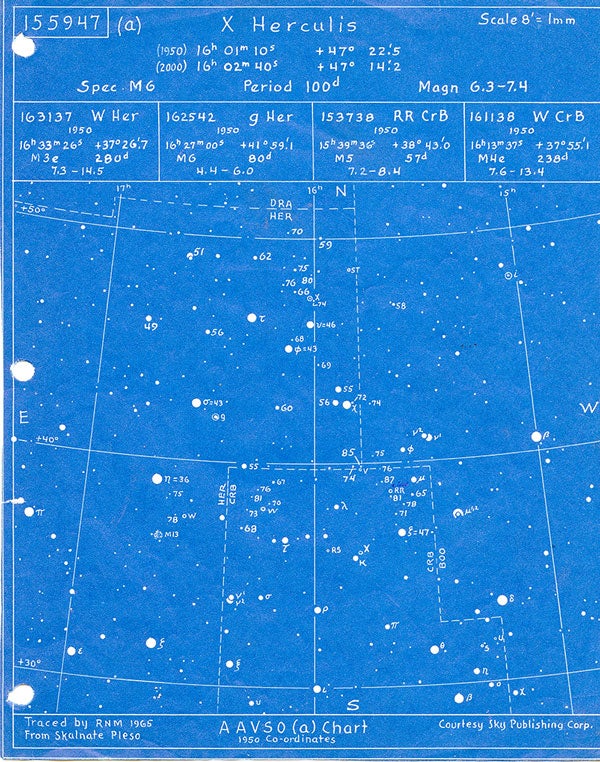As the clock turns on the AAVSO’s 100th birthday this October, its role has expanded. The group has shown astronomers not just what these stars are doing, but also how to monitor them best, both from the ground and with the Hubble Space Telescope. Yet at its founding, there was no organized way of submitting observations. In fact, the AAVSO’s earliest years were devoid of meetings, concentrating instead on adding to the group’s series of observations of variable stars, now known as the AAVSO International Database.
In Montreal, Canada, I heard Isabel Williamson first mention the AAVSO in 1961 — I thought she was telling a joke. As we all chuckled, she went on to announce that the AAVSO would be holding their annual meeting in Kalamazoo, Michigan, and that several officers of the Royal Astronomical Society of Canada’s Montreal Centre would be representing our active astronomy club there. I soon learned that the AAVSO was a group well worth supporting.
At its simplest level, a variable star is one whose light output changes. Mira-type stars, like R Leonis and its namesake Mira (Omicron [ο] Ceti) itself, are Sun-sized objects that have used up their cores’ hydrogen; this means our Sun will one day become a Mira-type star. Other stars vary cyclically; eclipsing binary variables, for example, decrease in light output when a fainter companion passes in front of the brighter of the pair. Other stars vary cataclysmically: When a binary system consists of two nearby stars, the less massive one can leak hydrogen to form an accretion disk around the more massive one, and after enough time, this extra hydrogen explodes, resulting in a dramatic rise in the system’s brightness.
Over the next few days, I learned much about the history of this family. I even contributed my own story; during a 10-minute talk about teaching children astronomy, I discussed how stars are like people, with individual behaviors and even moods.
Variable star observing remains as vibrant today as it did a century ago. Its magic lies not just in the stars themselves; it also lies within the academic volumes written on the subject, and in stellar poetry written long ago and in modern times, by amateur astronomers motivated to add rhyme to their lists. And it rests within the senses of all those observers who, on the AAVSO’s centennial, relish the hours they spend gazing at these wonderful stars as they parade about the sky.












